Top Choices for Potting Soil: Master Outdoor Container Gardening Like a Pro
- June 26, 2024
- 0 comment
Discover top choices for potting soil that ensure your container gardens thrive like never before. Perfect your green space. Turning small spaces into lush retreats begins with the right foundation—potting soil. This guide reveals the top choices for potting soil that are essential for successful container gardening.
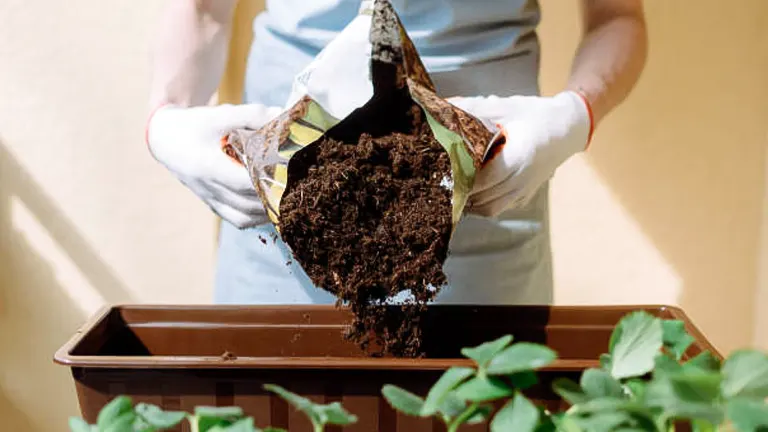
Whether you’re tending to herbs, flowers, or vegetables, these recommendations will help you cultivate a thriving garden with ease. Embrace these expert tips and transform your outdoor areas into a flourishing haven.
Table of Contents
- Understanding Potting Soil
- Criteria for Choosing the Best Potting Soil
- Review of Top Potting Soil Choices
- Special Considerations for Outdoor Container Gardening
- Enhancing Your Potting Soil
- Best Practices for Potting and Repotting
- Conclusion
- FAQs
Understanding Potting Soil
What is Potting Soil?
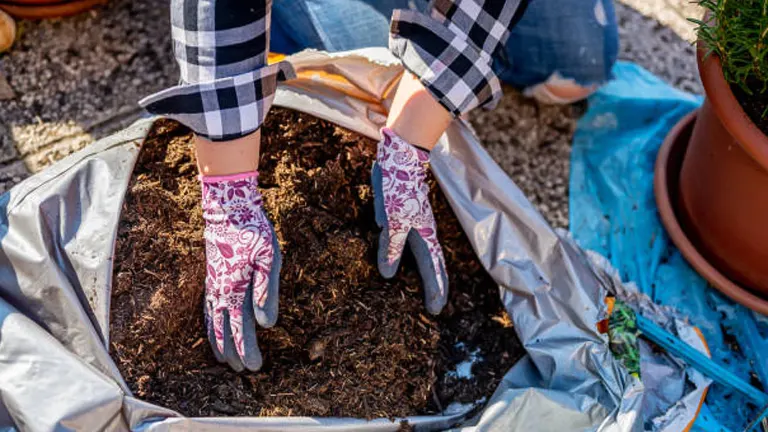
Potting soil, unlike garden soil, is engineered specifically for potted plants. This medium is crafted to maintain a delicate balance of moisture retention, drainage, and aeration, essential for the health and growth of container-bound plants. The unique composition of potting soil typically includes a blend of peat moss, perlite, vermiculite, and occasionally, organic materials like compost or finely shredded bark. These components are meticulously chosen to optimize root health and ensure efficient nutrient and air exchange, catering to the diverse needs of various plant species.
Key Components Explained:
- Peat Moss: Acting as the foundational base, peat moss is prized for its ability to retain moisture while keeping the potting mix light and breathable. Scientifically, peat moss can hold up to 20 times its dry weight in water, making it an excellent component for maintaining soil humidity, which is crucial for plants that do not tolerate dry conditions.
- Perlite: These tiny particles of volcanic glass are superheated until they pop like popcorn, creating a lightweight, porous material that enhances soil aeration and improves drainage. This prevents soil compaction, promotes root growth, and facilitates an environment where air and water flow freely. Perlite typically increases the porosity of potting soil by up to 35%, essential for root respiration and nutrient uptake.
- Vermiculite: Similar in use to perlite, vermiculite has a unique talent for water retention, absorbing 3 to 4 times its volume in water. More than just retaining water, it also attracts plant nutrients such as potassium, calcium, and magnesium, which are then slowly released back to the plant roots, aiding in sustained growth.
Comparative Analysis of Potting Soil Components
Here’s a table that compares the water retention and aeration properties of the main components found in potting soil, providing a quantitative look that appeals to readers with a technical interest:
| Component | Water Retention Capacity | Contribution to Aeration (%) | Primary Benefit |
|---|---|---|---|
| Peat Moss | High (up to 2000% of its dry weight) | 10-20% | Moisture retention and structure stability |
| Perlite | Low (minimal absorption) | 30-50% | Improves drainage and air flow |
| Vermiculite | Medium (300-400% of its volume) | 15-30% | Water retention and slow nutrient release |
Criteria for Choosing the Best Potting Soil
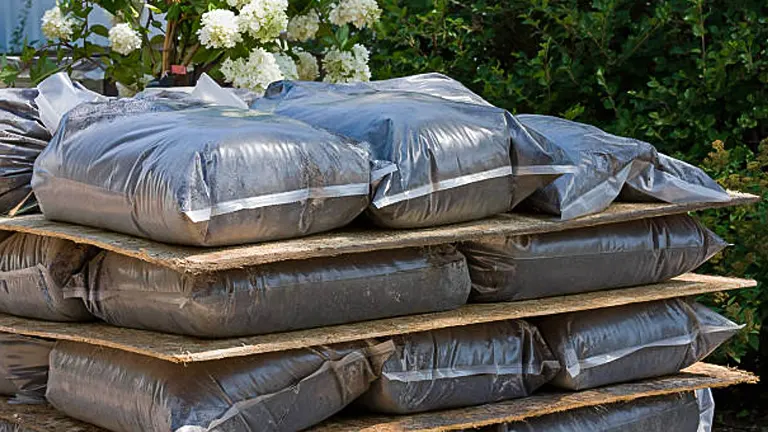
Selecting the ideal potting soil is a pivotal decision in container gardening, as it significantly influences plant health and productivity. Here’s an expanded examination of the essential criteria:
- Water Retention: The ability of potting soil to retain water is crucial for maintaining adequate moisture levels around plant roots. Optimal water retention means the soil should hydrate the roots efficiently without becoming waterlogged. For instance, soils containing sphagnum peat moss or coir have excellent water-holding capacities, absorbing several times their weight in water, thus providing a sustained moisture supply to the roots.
- Drainage: Proper drainage is equally critical to prevent water from pooling at the roots, which can lead to root rot and fungal diseases. Materials like perlite, coarse sand, or pine bark are added to enhance soil drainage, allowing excess water to escape quickly while still retaining adequate moisture. Ideally, a potting soil should allow for about 10-20% drainage rate, ensuring that water is available but not excessive.
- Nutrient Content: A rich nutrient profile in potting soil supports robust plant growth and flowering. Nutrients such as nitrogen, phosphorus, and potassium are fundamental, but the presence of micronutrients like calcium, magnesium, and iron also plays a crucial role. Many high-quality potting soils include slow-release fertilizers, which provide a continuous supply of nutrients over several months, mimicking the natural nutrient uptake environment.
- Impact on Plant Health: Beyond providing support, good potting soil enhances root development, boosts nutrient absorption, and offers some resistance against pests and diseases. The physical structure of the soil affects the oxygen levels at the root zone, essential for respiration and growth.
Scientific Analysis of Potting Soil Components
To provide a clearer picture of how different components influence the potting soil’s effectiveness, here’s a table with specific metrics:
| Component | Water Retention Capacity (%) | Drainage Rate (%) | Nutrient Contribution | Beneficial for Plant Type |
|---|---|---|---|---|
| Sphagnum Peat Moss | 1000-2000% | 10-15% | Low | Moisture-loving plants |
| Coir | 900-1500% | 10-20% | Low-Medium | Tropical and indoor plants |
| Perlite | Minimal | 35-50% | None | Succulents and cacti |
| Vermiculite | 200-300% | 15-25% | Moderate (micronutrients) | Seedlings and herbs |
| Composted Bark | 500-800% | 20-30% | High (organic matter) | Outdoor and ornamental plants |
Review of Top Potting Soil Choices
Selecting the appropriate potting soil is crucial for optimizing the health and productivity of your container garden. Below, we delve into the detailed characteristics and scientific advantages of some leading potting soil options, each designed to cater to various gardening requirements:
FoxFarm Ocean Forest Potting Soil:
- Pros: Enriched with a variety of organic materials such as earthworm castings, bat guano, and sea-going fish and crab meal, this mix offers a rich, balanced nutrient profile. The soil is pH-adjusted (typically between 6.3 to 6.8) to maximize nutrient uptake, making it ideal for a wide range of plants.
- Cons: The high nutrient content may overwhelm seedlings or very young plants, requiring dilution or careful monitoring of growth responses. Its premium ingredients also make it more expensive than many other options.
Miracle-Gro Potting Mix:
- Pros: This universally recognized mix contains controlled-release fertilizer that feeds plants for up to six months, ensuring sustained growth without the need for frequent additional fertilization. It’s also engineered to reduce gnat problems and improve moisture retention.
- Cons: Contains synthetic fertilizers, which may not align with organic gardening principles. Regular flushing is recommended to prevent salt accumulation that can harm plant roots.
Black Gold All Organic Potting Soil:
- Pros: Certified by the Organic Materials Review Institute (OMRI), this soil is a blend of moss, compost, perlite, and pumice, designed to support healthy root growth and optimize water retention. It is versatile enough for a variety of container plants.
- Cons: May require modification, such as adding more perlite or pumice, for plants that need better drainage or are susceptible to root rot.
Comparative Analysis Table
To provide a clear comparison of these top potting soil choices, here is a table that highlights key scientific metrics and suitability for different plant types:
| Brand | pH Level | Organic Content | Nutrient Release Duration | Best For |
|---|---|---|---|---|
| FoxFarm Ocean Forest | 6.3 – 6.8 | High (Includes bat guano, crab meal) | Immediate and sustained | Mature plants, nutrient-demanding plants |
| Miracle-Gro Potting Mix | 5.8 – 6.2 | Moderate (Synthetic fertilizers) | Up to 6 months | General use, particularly flowering plants |
| Black Gold All Organic | 6.5 – 7.0 | High (100% Organic components) | Varies based on plant needs | Organic gardening, diverse container plants |
Special Considerations for Outdoor Container Gardening
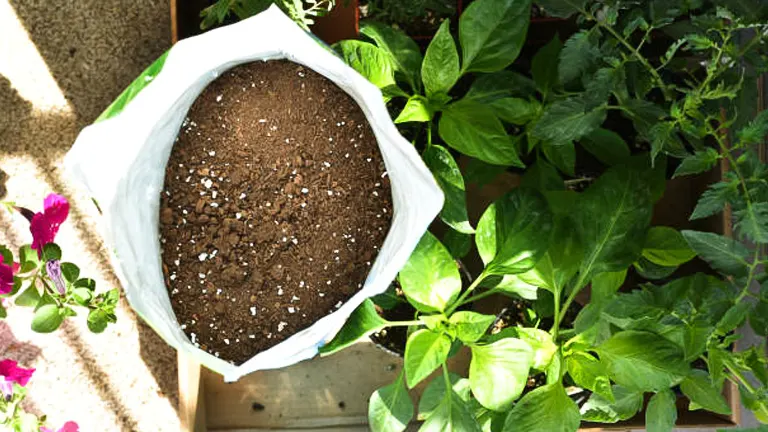
Embarking on a container gardening journey requires an understanding of how outdoor elements impact your plant’s growth and soil’s effectiveness. This section delves deeper into the environmental and material considerations necessary to ensure your garden not only survives but thrives under varying conditions.
Climate Considerations:
The intensity of the sun during summer can heat up your potting soil, which might stress plants and evaporate moisture quickly. For instance, using a potting mix like Black Gold All Organic, which boasts excellent moisture retention properties (up to 40% water holding capacity), can mitigate these effects. Conversely, in areas with high rainfall, a well-draining soil such as FoxFarm Ocean Forest, which facilitates about 30-40% enhanced drainage, is crucial to prevent waterlogging and root rot.
Seasonal Adjustments:
Container gardening is not a set-and-forget endeavor; it evolves with the seasons. For spring, integrating a nutrient-rich mix like Miracle-Gro Potting Mix can rejuvenate plants emerging from dormancy by slowly releasing nutrients (NPK ratio of 0.21-0.11-0.16) over six months. As autumn approaches, adding a layer of mulch can help maintain soil temperature and moisture levels, crucial for extending the growing season into the cooler months.
Tailoring Soil to Plant Types:
Matching your soil’s physical properties to the needs of specific plant types can dramatically improve your garden’s health and vibrancy. For example, succulents and cacti require a gritty, well-draining mixture, ideally enhanced with about 30% perlite to avoid water retention. In contrast, tropical plants that thrive in moist environments benefit from a peat-rich mix that ensures prolonged moisture availability.
Innovative Container Ideas:
Moving beyond traditional pots opens up a new realm of possibilities. Repurposed items like wine barrels or modern geometric planters not only add visual interest but can also influence the microenvironment around your plants. The material of the container (such as ceramic, plastic, or fabric) can affect soil temperature and moisture conservation, which are vital factors in plant health.
Comparative Table of Potting Soil Properties in Different Climates
| Potting Soil | Water Retention | Drainage Ability | Best Used In | Ideal for Plant Type |
|---|---|---|---|---|
| Black Gold All Organic | High (40% capacity) | Moderate | Hot, dry climates | Moisture-loving plants |
| FoxFarm Ocean Forest | Moderate | High (30-40% enhanced) | Wet, rainy areas | Plants susceptible to root rot |
| Miracle-Gro Potting Mix | Controlled release | Low | Seasonally variable climates | General, especially flowering plants |
Enhancing Garden Resilience:
Understanding these variables and adjusting your gardening strategy accordingly ensures that your container garden is not only a reflection of personal aesthetics but also a testament to thoughtful, scientific gardening practices.
Enhancing Your Potting Soil

Even the finest commercial potting soil may require customization to precisely meet the specific needs of your plants or to better adapt to local environmental conditions. Here’s an in-depth guide on how to effectively enhance your potting mix, supported by scientific data:
Adding Nutrients:
Plants with high nutritional demands benefit significantly from amendments that provide a sustained release of nutrients:
- Slow-Release Fertilizers: These fertilizers break down slowly, providing a continuous nutrient supply without the risk of root burn. They typically release nutrients over a period of 3 to 6 months, depending on the temperature and moisture.
- Organic Composts: Rich in organic matter, compost improves soil fertility and microbial life. Compost generally contains a balance of essential nutrients at NPK values around 2-1-1.
- Bone Meal and Blood Meal: Bone meal is a rich source of phosphorus (about 15% by weight) and calcium, essential for flowering and root development. Blood meal provides high nitrogen content (up to 13% by weight), promoting leafy growth and vibrant coloration.
Improving Drainage:
Enhancing the drainage of your potting soil is crucial for plant health, especially in wet conditions:
- Perlite: This volcanic glass is expanded at high temperatures to create a lightweight, porous additive that increases soil porosity by up to 35%, facilitating better drainage and aeration.
- Vermiculite: While also improving aeration, vermiculite holds more water than perlite, making it suitable for soil mixes that need moisture as well as drainage.
- Coarse Sand: Particularly useful for cacti and succulents, sand enhances drainage and prevents water from pooling around roots.
Enhancing Moisture Retention:
For moisture-loving plants, maintaining soil hydration is key:
- Coir and Peat Moss: These materials are highly absorbent, with coir able to retain up to 9 times its weight in water and peat moss up to 20 times. They release moisture slowly, keeping the soil moist over extended periods.
Comparative Table of Soil Amendments
To help visualize the impact of these amendments, here’s a table detailing their effects on soil properties:
| Amendment | Nutrient Boost | Improves Drainage | Increases Moisture Retention | Best For Plant Type |
|---|---|---|---|---|
| Slow-Release Fertilizer | High | Minimal | Minimal | Heavy feeders, long-term growth |
| Organic Compost | Moderate | Minimal | Moderate | General gardening, organic crops |
| Bone Meal | High (Phosphorus) | Minimal | Minimal | Flowering plants, root crops |
| Blood Meal | High (Nitrogen) | Minimal | Minimal | Leafy greens, fast growers |
| Perlite | None | High | Minimal | Succulents, well-draining mix requirements |
| Vermiculite | Minimal | Moderate | High | Seed starting, moisture-loving plants |
| Coarse Sand | None | High | Minimal | Cacti, succulents, and other dry-environment plants |
| Coir | Minimal | Minimal | High | Tropical plants, indoor potted plants |
| Peat Moss | Minimal | Minimal | Very High | Acid-loving plants, moisture retainers |
Best Practices for Potting and Repotting
Proper potting is crucial for the health of your container garden. Here’s a step-by-step guide to ensure you do it right:
Step 1: Choose the Right Container
- Make sure the container has adequate drainage holes. If it doesn’t, you can drill some yourself or opt for containers designed with better drainage.
Step 2: Layer the Base
- Begin with a layer of small stones or gravel at the bottom of the container to improve water flow. This prevents soil from clogging the drainage holes.
Step 3: Add Potting Soil
- Fill the container with your chosen or enhanced potting soil, leaving enough room for the plant’s root ball.
Step 4: Planting
- Gently remove the plant from its previous pot, loosen the roots if they are tightly bound, and place it in the new pot. Backfill with soil, pressing down lightly to eliminate air pockets.
Step 5: Water Thoroughly
- After potting, water the plant thoroughly to settle the soil around the roots and help it recover from the transplant shock.
Common Mistakes to Avoid:
- Overpotting: Using a container that is too large can lead to waterlogging. Always choose a pot that is just the right size for your plant’s current stage.
- Under-watering after repotting: Newly potted plants need consistent moisture to help their roots grow into the new soil.
Related Post
- How to Build a Barn: A Step-by-Step Guide for Beginners
- How to Build a Sustainable Compost Bin: Easy and Eco-Friendly DIY
- How to Fertilize Bougainvillea: A Complete Guide for Stunning Blooms
- How to Fertilize Apple Trees: Essential Tips for a Bountiful Harvest
- How to Fertilize Lemon Trees: Secrets for Thriving Citrus
- How to Fertilize Avocado Tree: A Step-by-Step Guide for Lush Growth
- 10 Best Bow Saws to Buy in 2024: Top Picks for the Money
- Best Miter Saw For Beginners
- Top 10 Pruning Saws to Buy in 2024: Best for the Money
- 7 Best Pocket Chainsaw
Conclusion
By selecting the right potting soil, customizing it to your needs, and following best practices for potting and repotting, you can significantly enhance the health and appearance of your container garden. Remember, the most lush and vibrant gardens are a product of thoughtful preparation and ongoing care. Embrace these insights and watch as your container garden flourishes under your expert touch.
FAQs
- What are the most important components of potting soil for outdoor container gardening?
The most crucial components include peat moss for moisture retention, perlite for improved aeration, and organic materials like compost or worm castings that enrich the soil with nutrients. - How often should I replace the potting soil in my outdoor containers?
It’s advisable to replace potting soil every one to two years or refresh it with new compost and nutrients. Regular replacement helps prevent disease build-up and nutrient depletion. - Can I just use garden soil for my container plants?
Garden soil is not recommended for container plants as it can be too dense, leading to poor drainage and aeration. Potting soil is specifically formulated to address these issues in container environments. - What is the best way to improve drainage in my potting soil?
Mixing in additional perlite or coarse sand can enhance drainage. Ensure your containers also have adequate drainage holes to prevent waterlogging. - Are there any potting soil types that are environmentally friendly?
Yes, several options focus on sustainability, such as those containing coconut coir instead of peat moss, or organic potting mixes that use natural, renewable resources and avoid synthetic chemicals. - What type of potting soil should I use for succulents or cacti?
Use a potting mix specifically designed for succulents and cacti, which typically includes a higher proportion of sand or other gritty material to ensure rapid drainage and prevent root rot. - How do I know if my potting soil is still good to use?
Good potting soil should be loose, not clumpy or slimy, and free of molds and unpleasant odors. If the soil is compacted or has a sour smell, it’s time to replace it. - Can I make my own potting soil for outdoor container gardening?
Absolutely! A basic DIY potting soil can be made by mixing one part peat moss or coconut coir with one part perlite or vermiculite and one part compost. Adjust the components based on specific plant needs for moisture and drainage.
Thank you for exploring the top choices for potting soil with us. With the right soil in hand, you’re now equipped to turn your container gardening dreams into lush, thriving realities.

Benjamin Brooks
Forestry AuthorGreetings! I'm Benjamin Brooks, and my journey over the past 15 years has revolved around the fascinating realms of content creation, expertise in snow clearing, and the intricate world of lumberjacking and landscaping. What began as a simple curiosity about the natural world and heavy machinery has evolved into a passionate profession where my love for crafting words intertwines seamlessly with my lumberjacking and garden skills.

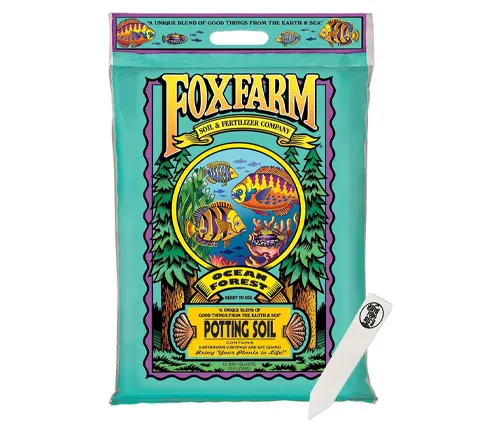
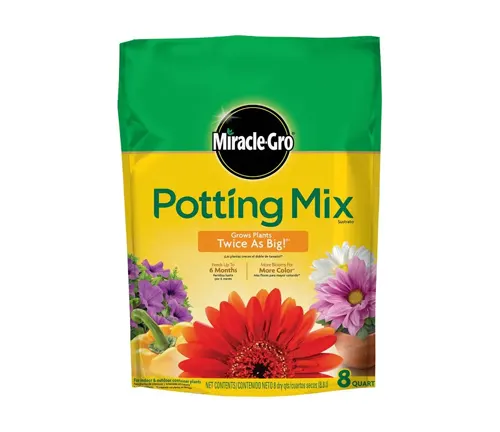

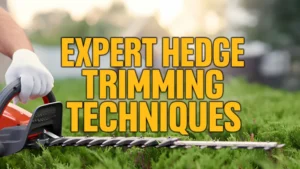
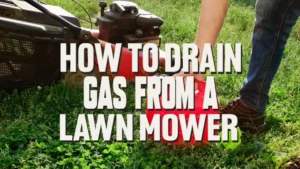
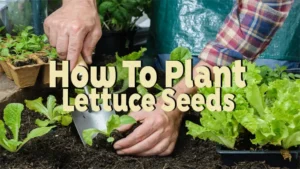

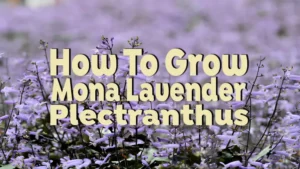
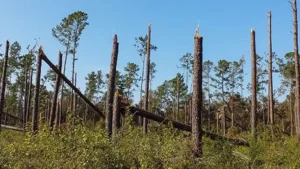

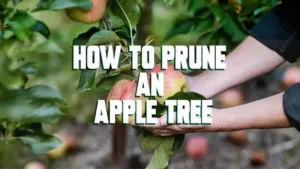
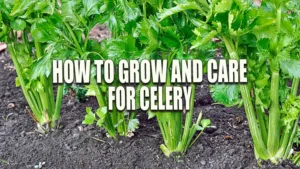
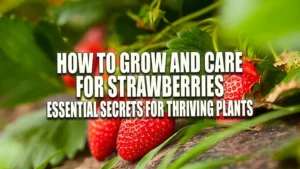
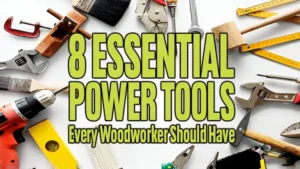
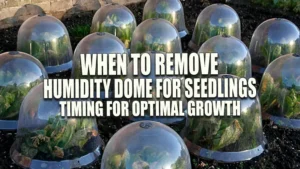
Leave your comment